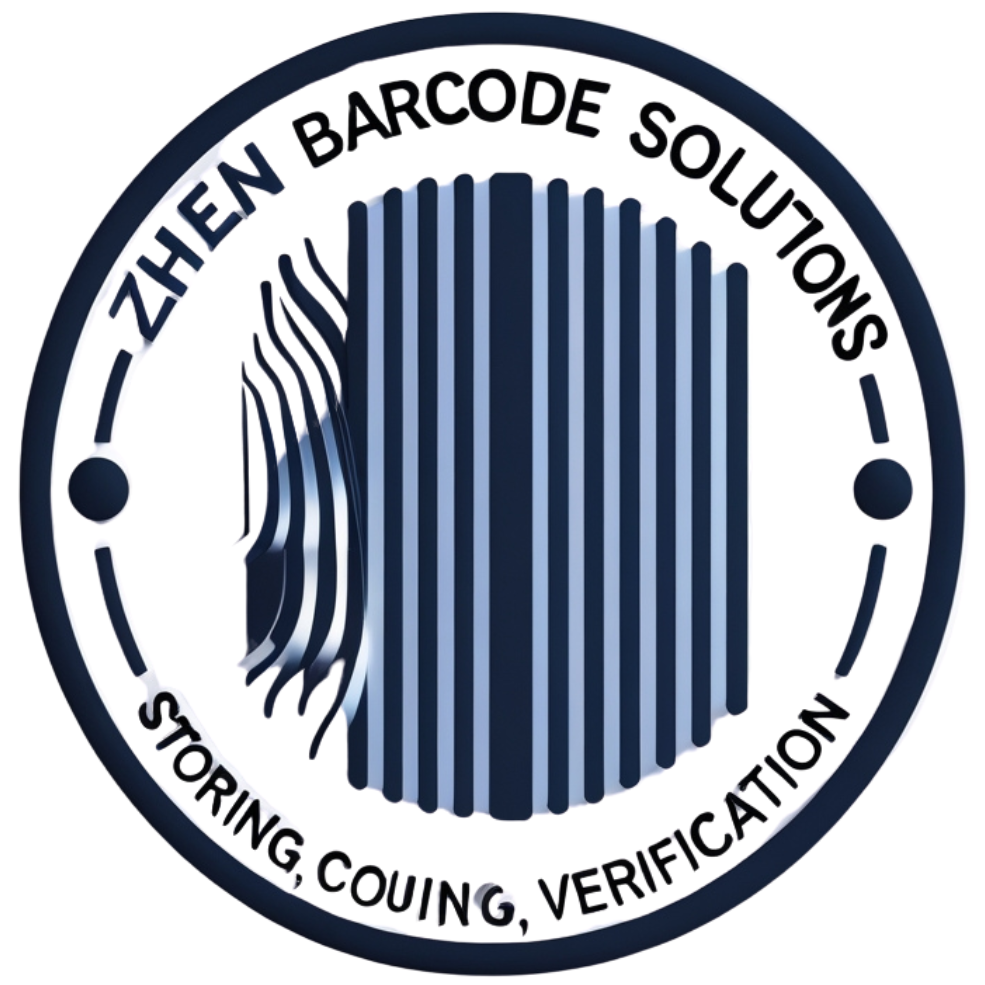ABOUT US OUR COMPANY
ContactOUR STORY
At Zhen Barcode Solution, we empower businesses and consumers with cutting-edge barcode checking and verification technology to ensure product authenticity, prevent counterfeiting, and enhance supply chain security. Whether you're a retailer, manufacturer, or consumer, our advanced Barcode Checker & Verifier gives you the power to authenticate products with confidence. Protect Your Business. Secure Your Products. Build Customer Trust. Discover the future of barcode verification with Zhen Barcode Solution!
Understanding Barcodes: A Journey Through History
Barcodes have revolutionized global commerce, enabling seamless product identification, tracking, and authentication. Below is a brief history of how barcodes evolved into an essential tool in modern business.
1. The Origin of Barcodes (1940s – 1950s)
The idea of barcodes dates back to 1948, when Norman Joseph Woodland and Bernard Silver, two inventors, developed a system to encode product information using a graphical representation. The first barcode patent was granted in 1952, but due to technological limitations, it wasn’t widely adopted.
2. The First Commercial Use (1970s)
The modern barcode system took shape in 1973, when the Universal Product Code (UPC) was introduced. The first barcode scan took place on June 26, 1974, on a pack of Wrigley’s chewing gum in an Ohio supermarket. This marked the beginning of automated retail checkouts.
3. Expansion into Logistics and Healthcare (1980s – 1990s)
During the 1980s and 1990s, barcode technology expanded into logistics, warehousing, healthcare, and manufacturing. Organizations adopted Code 39, EAN-13, and ITF-14 barcodes to manage inventory, reduce human errors, and enhance operational efficiency.
4. 2D Barcodes and QR Codes (2000s – Present)
The 2000s saw the rise of two-dimensional (2D) barcodes, such as QR codes, Data Matrix, and Aztec codes. These barcodes store more data and are widely used in digital payments, product tracking, and marketing.
Types of Barcodes & Their Uses
1. One-Dimensional (1D) Barcodes
1D barcodes are linear and contain data in a series of black and white stripes. Common 1D barcodes include:
- UPC (Universal Product Code) – Used in retail for product labeling.
- EAN (European Article Number) – Commonly used in international trade and retail.
- Code 39 & Code 128 – Used in logistics, healthcare, and inventory management.
- ITF-14 – Used in shipping and warehouse management.
2. Two-Dimensional (2D) Barcodes
2D barcodes store more information and support complex applications:
- QR Code (Quick Response Code) – Used in marketing, payments, and authentication.
- Data Matrix – Used in healthcare and electronics for tracking small parts.
- Aztec Code – Used in ticketing systems, such as airline boarding passes.
Zhen Barcode Checker & Verifier
Zhen Barcode Solution offers a Barcode Checker & Verifier to ensure product authenticity and eliminate counterfeit goods. Our system works in a few simple steps:
Step 1: Barcode Scanning
The barcode is scanned using a handheld scanner, mobile app, or desktop software.
Step 2: Data Extraction
The system decodes the barcode and extracts product information, including:
- Manufacturer details
- Product name
- Expiry date
- Batch number
Step 3: Authentication Process
Our database cross-checks the scanned barcode with official records to verify authenticity. If the product is genuine, the system provides a verification status.
Step 4: Fraud Detection & Alerts
If the barcode does not match the official database, the system triggers an alert to prevent counterfeit transactions.
WHY CHOOSE US
Advanced Technology
We use cutting-edge barcode verification tools for accurate results.
User-Friendly System
Our platform is easy to use, whether on mobile or desktop.
Real-Time Verification
Get instant results to prevent fraud.
